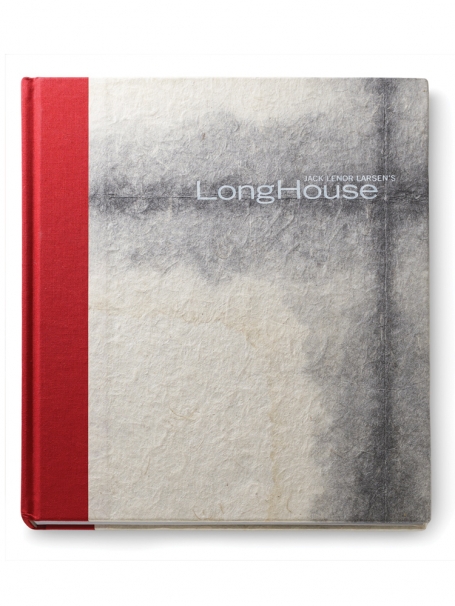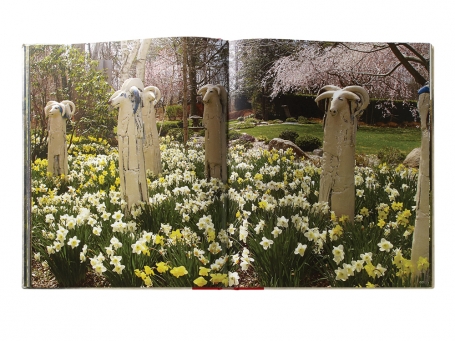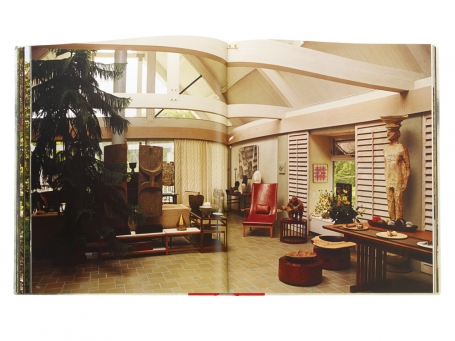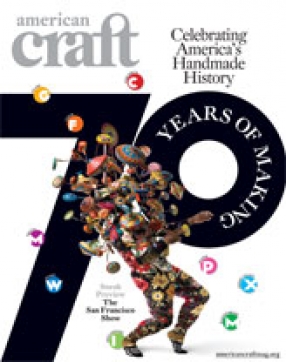


Jack Lenor Larsen's LongHouse
By Molly Chappellet
Foreword by Edward Albee
Afterword by Francis H. Cabot
Chronicle Books, $50
chroniclebooks.com
Sometimes books seem to sing: Everything is exactly right. Jack Lenor Larsen's LongHouse, written and photographed by Molly Chappellet, is such a creature. I say "creature" because the book seems to breathe with its protagonist's own inventiveness, style and sheer passion for creating and living with beauty-as seen in the art, craft, architecture and sublime gardens that comprise LongHouse Reserve.
Larsen's 13,000-square-foot LongHouse sits on 16 acres in East Hampton, NY, and features works by Wharton Esherick, Dale Chihuly, Yoko Ono and Willem de Kooning. It was opened to the public in 1992, as a sort of model for the contemporary, artful life.
The metaphor of weaving is invoked in the book-appro-priate given Larsen's stature as one of the world's great textile designers. And it is true that life and art are in constant interplay in Larsen's world. Yet sometimes, as in Chappellet's image of Sol LeWitt's stately Irregular Progression, High #7, where the sculpture is softly scrimmed by trees, the shadows of their branches embracing the work, it's as though distinctions between art and nature, the man-made and earth-given, become meaningless. Everything is alive and vital, creating magical, previously unimagined relationships. This is a sensuous environment, and the cover, the creature's very skin-handmade washi (mulberry paper), fold-dyed in sumi ink-hints at the wonders of LongHouse.
It is also a luminous environment; the play of light varies inside and out. Buckminster Fuller's Fly's Eye Dome, sited outdoors, glows from within, against a dark green canopy, otherworldly and marvelous.
In his superb foreword, Edward Albee contextualizes LongHouse as a redemptive experience in an increasingly McMansionized East End of Long Island. Larsen contributes his own text-intelligent, wistful and keenly observant. Speaking of the future of LongHouse, one that "searches for the optimum while avoiding the maximum," he quotes George Balanchine: "Don't be reverent; be relevant!"
LongHouse is the ultimate twofer: inspiring the former, achieving the latter.
Melissa Harris is the editor of Aperture magazine.






Post Your Comment
Fields in bold are required. Your email address is required but not published. Please enter the five digit code as it appears in the text field on its right.